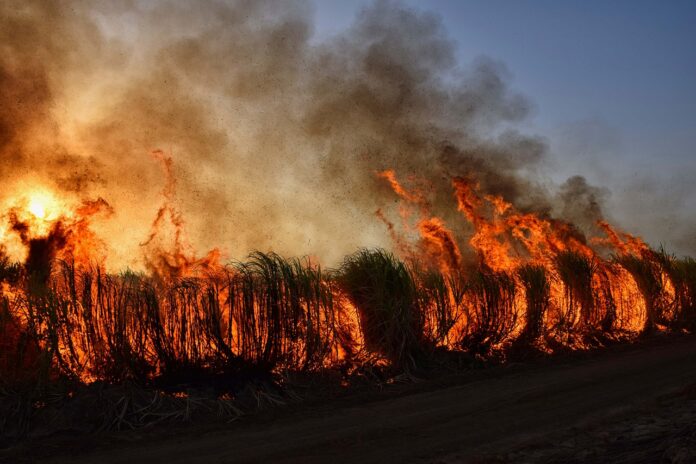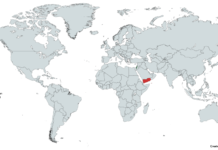The spring season has already burned more area than in the past decade and the summers are expected to become considerably more severe. This year’s wildfire season in the western United States is expected to be a repeat of the spring’s disastrous fires, which spread from the Southwest to Alaska.
National Interagency Fire Center (NIFC) forecasts that fire activity will increase in a number of US states over the next three months, with Pacific Northwest and northern California projected to be the hardest hit. Depleted gasoline supply, windy or warm weather, and ignitions will all play a role in determining the severity of the problem. However, as a result of the current climate catastrophe and the increase in global temperatures due to human activity, risk factors have become more severe and occur more frequently.
At this point in the year, the amount of land burned has already exceeded the 10-year average by roughly 220 percent. When a planned burn in New Mexico went awry in April, the blaze quickly spread, destroying hundreds of homes and other structures and destroying thousands of acres of land. Lightning-sparked blazes in Alaska have scorched over 2 million acres in recent weeks, a record for the state this early in the season.
Preventive measures like prescribed burning have been hindered by the early escalation of the crisis, which has put a further load on already overworked first responders. According to officials, the climate crisis was a major factor in the failure of the controlled burn.
This may be only the beginning, as the parched expanses of the west are ripe for the taking as temperatures rise in the coming months. Fire suppression throughout the years has left an abundance of fire-prone plants, but logging of the oldest trees has weakened the forest’s ability to recover after a fire.
There are still more than 75% of the western United States affected by drought conditions despite record rains in parts of Yellowstone and south-central Montana, with much of California and the Great Basin facing extreme drought conditions.









